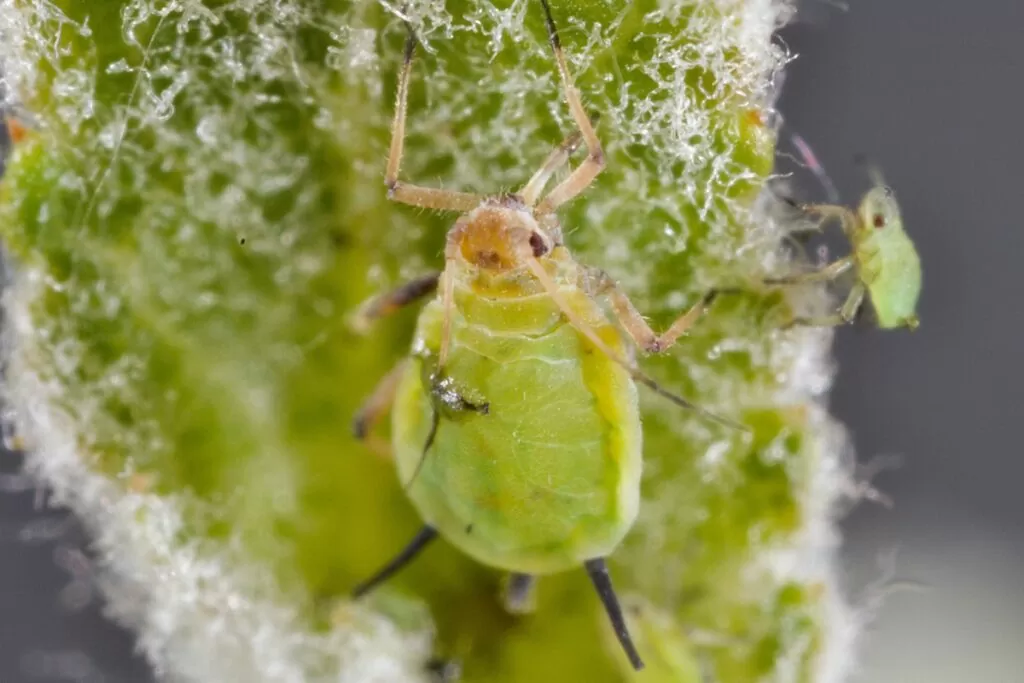Garden gnomes occupy that same odd niche shared by lawn flamingos and circus-animal topiary; the ultra-kitschy, flamboyant and just-a-little-ridiculous decorations that came to prominence in American suburbs throughout the 1960s and then latched tenaciously onto our cultural subconsciousness. But unlike flamingos and topiary, gnomes have a long and storied history of folklore and myth to draw upon. Who else remembers David the Gnome, for example? Who remembers the old gnomes of C.S. Lewis or L. Frank Baum’s “Oz” series? And for those of you who studied folk tales and mythic history in college (Anyone? Anyone?), you know that gnomes have been a part of western culture since at least the 16th century with the early writings of Swiss-born alchemist Paracelsus.
For many of us, though, our knowledge of the history of garden gnomes really only extends back as far as that one Travelocity commercial. This is unfortunate, really, because garden gnomes are really the “great grandfathers” of campy garden decor. Theirs is a long and storied history and a fascinating one to read about.

Back when the Brothers Grimm were traversing the German countryside recording the “volksmarchen” (folk tales) of the country’s rural regions, gnomes were often viewed as spritely, happy-go-lucky garden workers. They helped plants grow and facilitated harmony between the flora and the meadows and vegetable patches’ fauna. It’s no surprise then that the first garden gnome was also born in Germany. In the early nineteenth century, Phillip Griebel of Grafenroda began producing terracotta sculptures of diminutive fairy creatures as “good luck charms” for gardens and farmsteads. More superstitious gnome owners believed that the statues actually helped ward off thieves and bad crops from their gardens and granaries. These gnomes enjoyed a fair amount of success early on and soon began appearing even in the lawns of many wealthy German estates.

Around 1847, the garden gnome made its way to England courtesy of Sir Charles Isham. As a landowner and a gardener, his opinion on landscaping trends was highly esteemed, so his endorsement of clay garden gnomes brought almost instant popularity to the little accessories. Indeed to this very day, one of Isham’s first garden gnomes, known affectionately as “Lampy,” is still on display at his estate.

While garden gnomes were booming in merry old England, the Griebel family continued to manufacture their original brand of lawn sprite until the onset of the Second World War. Gnomes were considered prime suspects of smuggling activity, as their hollow bodies were easily filled with top-secret paperwork and military intelligence. All production of garden gnomes ground to a halt as the pan-continental conflict raged on. After the war, demand for the gnomes once again grew by leaps and bounds; while communist police continued to suspect these trinkets of suspicious activity, they were nevertheless the number one export of East Germany for several years. By the early ’50s, garden gnomes could be found in lawns worldwide.

With the fall of the Berlin Wall, garden gnome production in Germany slowed down again. However, production increased dramatically in both Poland and the Czech Republic to fill the demand gap. Yes, believe it or not, there was still a substantial demand gap in the realm of global commerce for garden gnomes. The Griebel family, ever-trustworthy and committed to the cause, continued to manufacture small quantities of German gnomes and continue to do so to this very day.
Garden gnomes didn’t become immensely popular in the United States until the 60’s when the now-familiar plastic lawn gnome was mass-produced (alongside those ubiquitous symbols of high-schtick, the pink flamingos). These gnomes differed significantly from their European counterparts not only because they were manufactured from cheap plastic but also because they were vividly colored with rich, over-saturated hues. What was the impact of these ultra-bright, ultra-camp garden ornaments? Well, you can ask the Royal Horticulture Society of Britain. The “American” lawn gnomes became so popular back in Europe that the society summarily and officially banned the use of all brightly-colored lawn creatures from England’s homes and gardens in 2006. Of course, much like fireworks in California, this law didn’t stop the people of Britain from finding ways to purchase and display new lawn gnomes anyway.
And now, since I have David the Gnome on my mind, I’ve decided to share the intro video to that classic cartoon here:
Are garden gnomes not your thing, but you’re still looking for interesting and sophisticated decorations for your backyard? Let Patio Productions help with our large selection of quality patio accessories and ornaments, including lights, water fountains, planters, bar sets, and other assorted knick-knacks.
Mike Bowman is currently the technical product manager and lead editor at Patio Productions. He has worked in the furniture industry as a copywriter, developer, and content creator for the last 14 years, among other roles. An avid DIY-er, he loves to experiment with furniture, landscape design, and home improvement in his own home.








